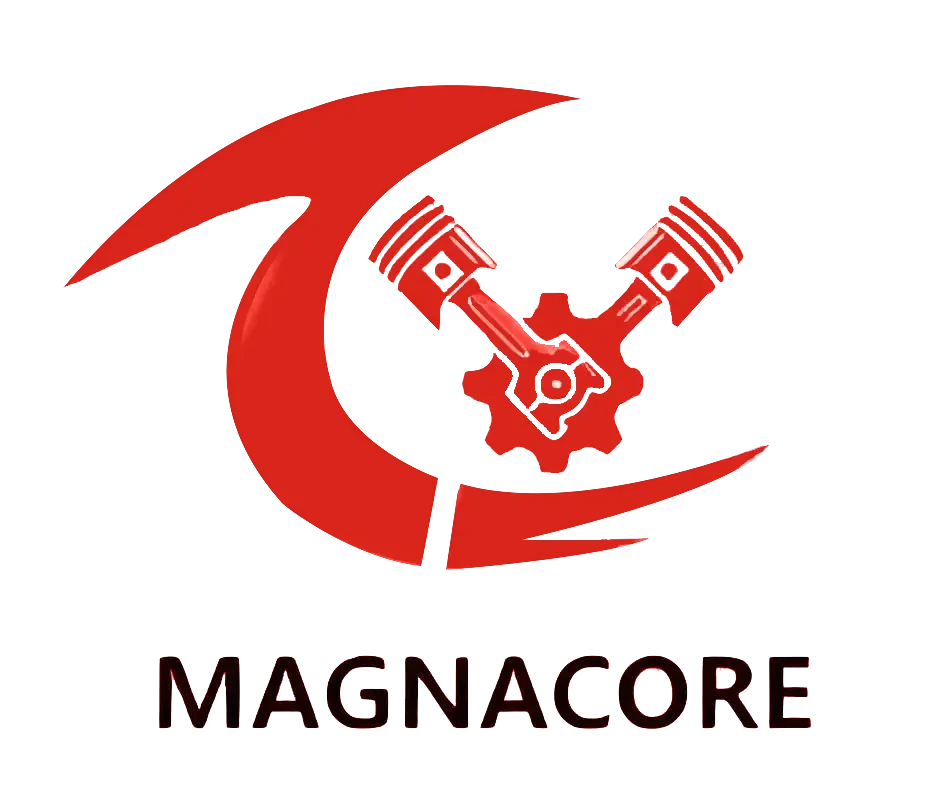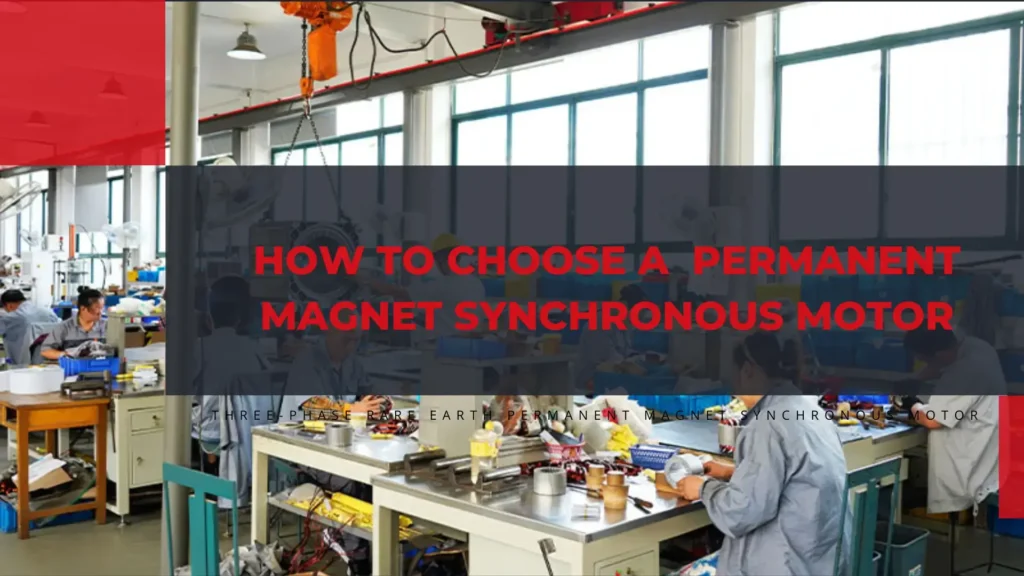Energy efficiency is currently the number one criterion that informs motor selection, due to its bearing on operational cost and productivity.
Among many, Permanent Magnet Synchronous Motor is among the best in a number of industries.
This description is designed to demystify some of the features and related benefits of this cutting-edge motor to help prospective clients make informed decisions.
Understanding the Basics of Synchronous Motors
Unlike induction motors, whose speeds may vary depending on the amount of load applied, synchronous motors do not have a variation in speed due to changes in load.
These unique qualities make synchronous motors perfect for applications that rely on precision and efficiency.
High Efficiency
One of the major merits with synchronous motors is that they are very efficient.
In most applications, their efficiency rates are higher than 90%, which directly means a better way of utilizing your energy supply compared to induction motors.
This will lower running costs while minimizing wastage-a factor that makes them an “ecologically friendly” choice.
Constant Speed
In many applications, this ability of synchronous motors to maintain a constant speed is highly desired.
Synchronous motors are ideal in industries that require accuracy in speed, such as robotics and conveyor systems.
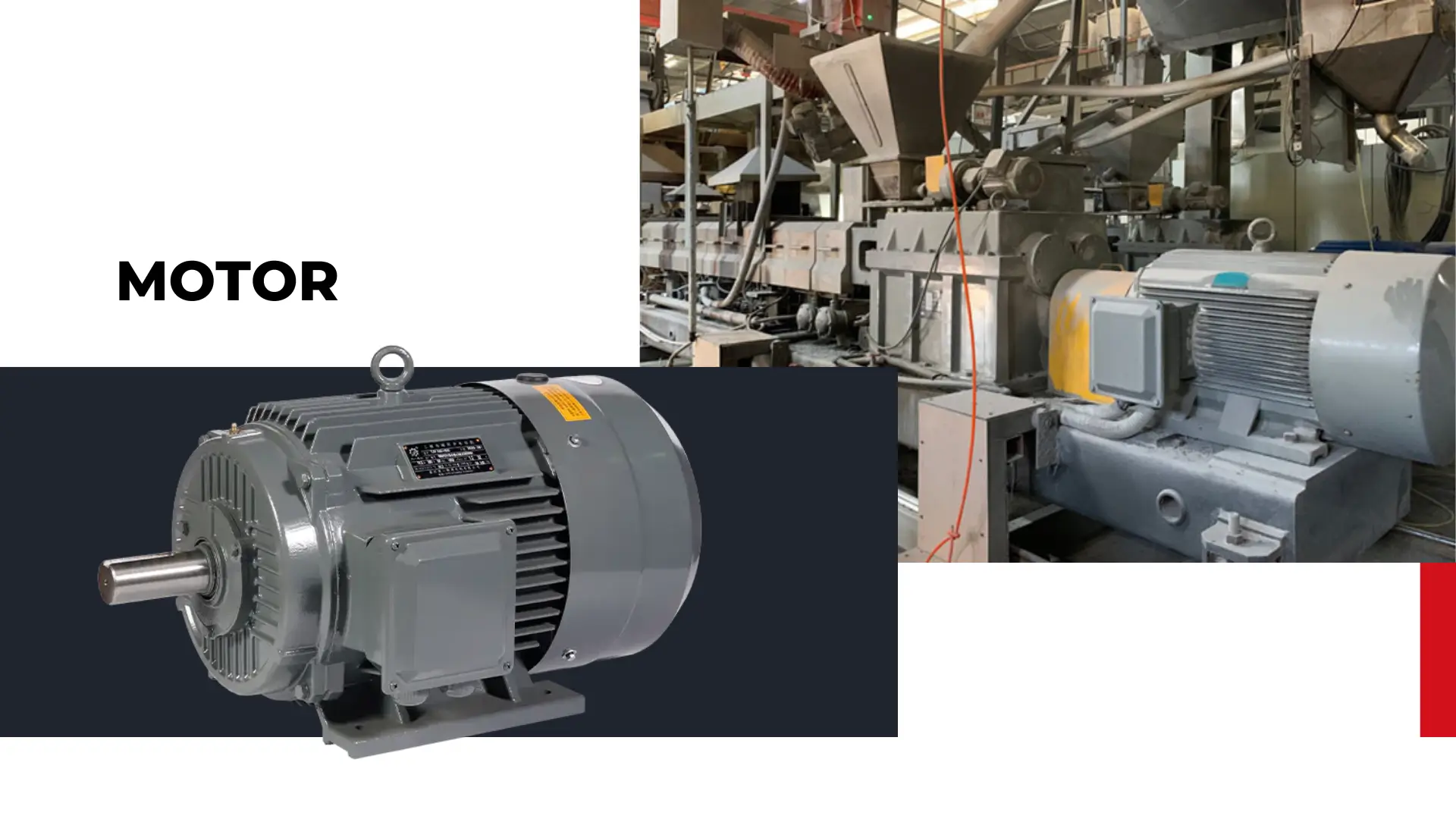
Importance of Rare Earth Permanent Magnets
The TJY series motors employ rare earth permanent magnets, an important part of the performance and efficiency of these motors.
These magnets offer many advantages compared to other magnet types traditionally used.
Stronger Magnetic Field
These magnets boast of being much stronger in generating a magnetic field.
This is reflected in larger torque and, correspondingly, overall efficiency, performing better with less energy consumption.
Machines powered by such a motor may make use of higher output by using less input power.
Compact Design
Another advantage of rare earth magnets is that they are smaller in size.
Due to the high magnetic strength, motors can be fabricated to be much smaller and lighter with no compromise in the delivered performance.
For this reason, this compact size also saves space during installation and cuts down on materials used, thereby reducing the cost of the motor and its handling and transportation.
Factors to Consider
Efficiency Ratings
When buying a motor, efficiency ratings are the name of the game. Go with high-efficiency models, that is with a rating of more than 90%.
In fact, this is the ultimate technical indicator of precisely how well electrical-to-mechanical energy translates in the motor.
Operating Costs
While increasing efficiency equates to a reduction in energy consumption, it directly means huge saving costs in the long run.
To a company, it means reduced electricity bills and higher profitability; therefore, these can be reinvested into other very important areas of the business.
Environmental Impact
In addition to monetary benefits, high-efficiency motors ensure the reduction of carbon emission.
Industries can save a substantial amount of power and stand in great support for environmental sustainability by helping to minimize their carbon footprint in support of the international move toward overcoming global warming.
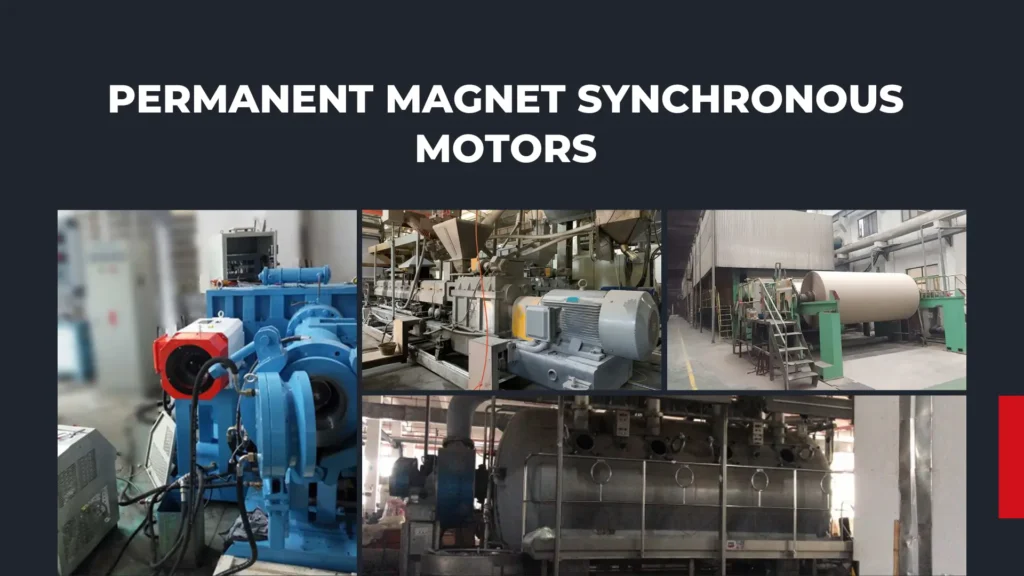
Application Suitability
TJY series motors could be adapted for different applications in various industries, due to which this kind of motor is so versatile.
Manufacturing
These motors can drive conveyor systems and machinery with great precision in manufacturing settings for efficient production processes.
HVAC
They find application in the field of HVAC within the systems of air conditioning and heating to offer reliable operation with efficiency in climate control.
Pumps
With regard to the water treatment and irrigation systems, these TJY series motors provide the required power and efficiency for their pumps in operation, ensuring accordingly a reliable supply and management of water.
Matching Motor to Application
Selection of a motor should be done by considering the matching application requirement of such a motor.
Therefore, issues that should be taken into consideration include the type of load, operating environment, and the kind of performance desired or achieved.
Size and Installation Considerations
One of the things that should be done in motor selection is the proper sizing for adequate performance.
An oversized motor may lead to inefficiency while an undersized motor would not be able to fulfill the demands of performance.
Physical Dimensions
It should fit the provided space for the motor.
In this respect, proper fitting and other calculations will prevent installation errors, which may cause several days of delay and may be very expensive.
Installation Options
There are a number of installation options to choose from. The ability to fit into many installation options is very important.
It would facilitate the process of installation and cater to several arrangements, thus improving the effectiveness of operations altogether.
Maintenance and Longevity
With low maintenance motors, there are significant savings of both time and money in the long run.
Strength
A good motor should be made from quality materials.
Generally, a well-built motor is likely to serve longer since it can bear continuous use without breaking down, hence reducing the possibility of repairs.
Ease of Maintenance
Look for models that allow easy access to components so that repairing and servicing are done conveniently.
A design that allows for easy maintenance can save you a great deal of lost time and will increase productivity, thus allowing your operations to run more smoothly.
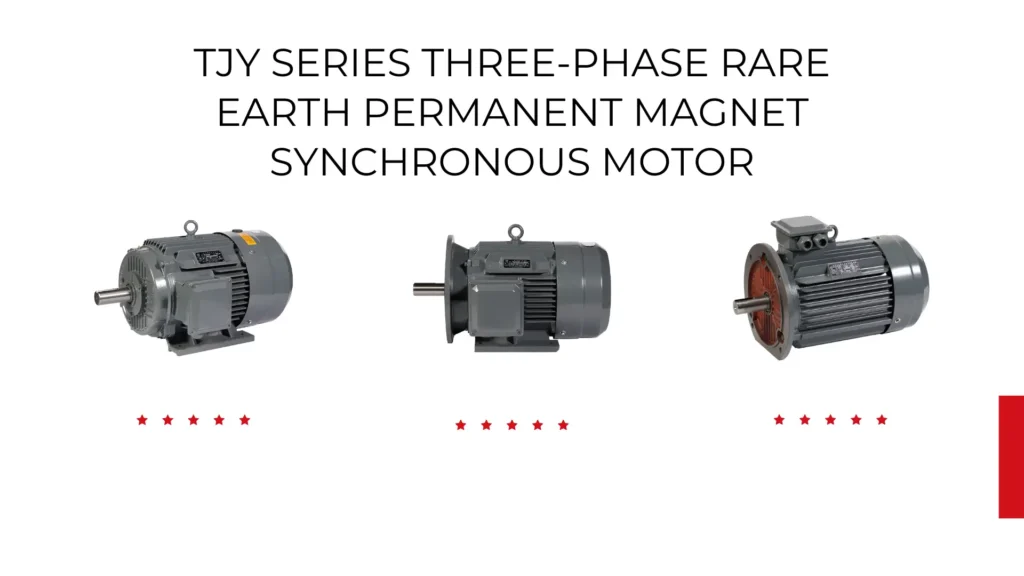
Supplier Reputation
The choice of a reputable supplier is very important.
Such a manufacturer ensures quality and customer support, which may be quite helpful even after you have made the purchase.
Reliability
You are likelier to get reliable products from a trustworthy manufacturer.
Doing your research and reading customer reviews can give an idea of how reliable the motors are and can also give an idea about the reputation of the manufacturer.
Support
Good support is extremely essential for problems that may arise after purchase.
A robust-support supplying company helps you troubleshoot and maintain your motor so that in the long run, you are happy with whatever you purchased.
Conclusion
The proper selection of the Permanent Magnet Synchronous Motor may carry great weight in operational efficiency, performance, and costimplications.
Master the fundamentals, find an appropriate application match, and source from a good supplier-for a trifecta in making a proper choice.
Apart from a direct bottom-line business advantage, highly efficient motors go hand in glove with common sustainability for all.
